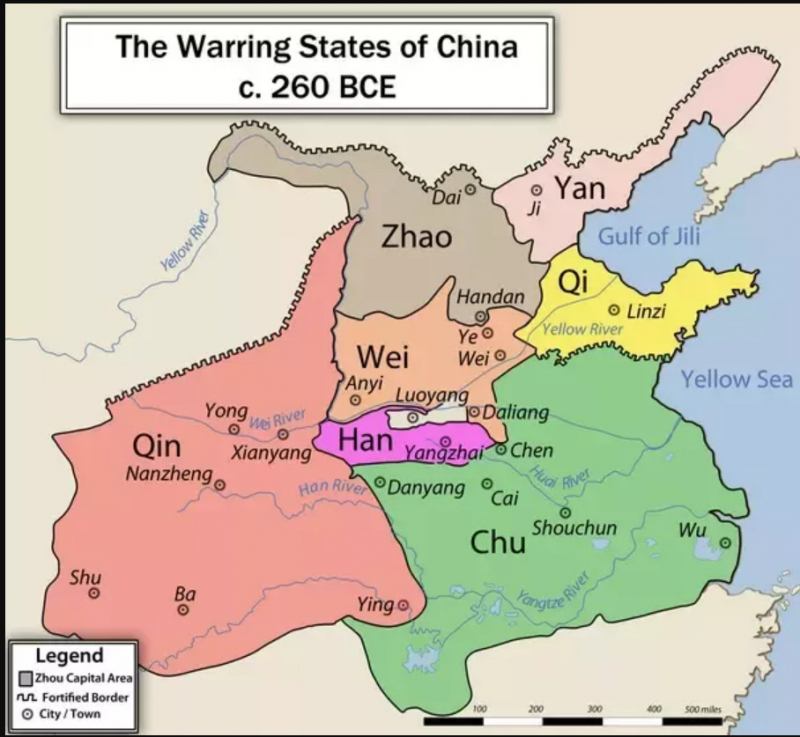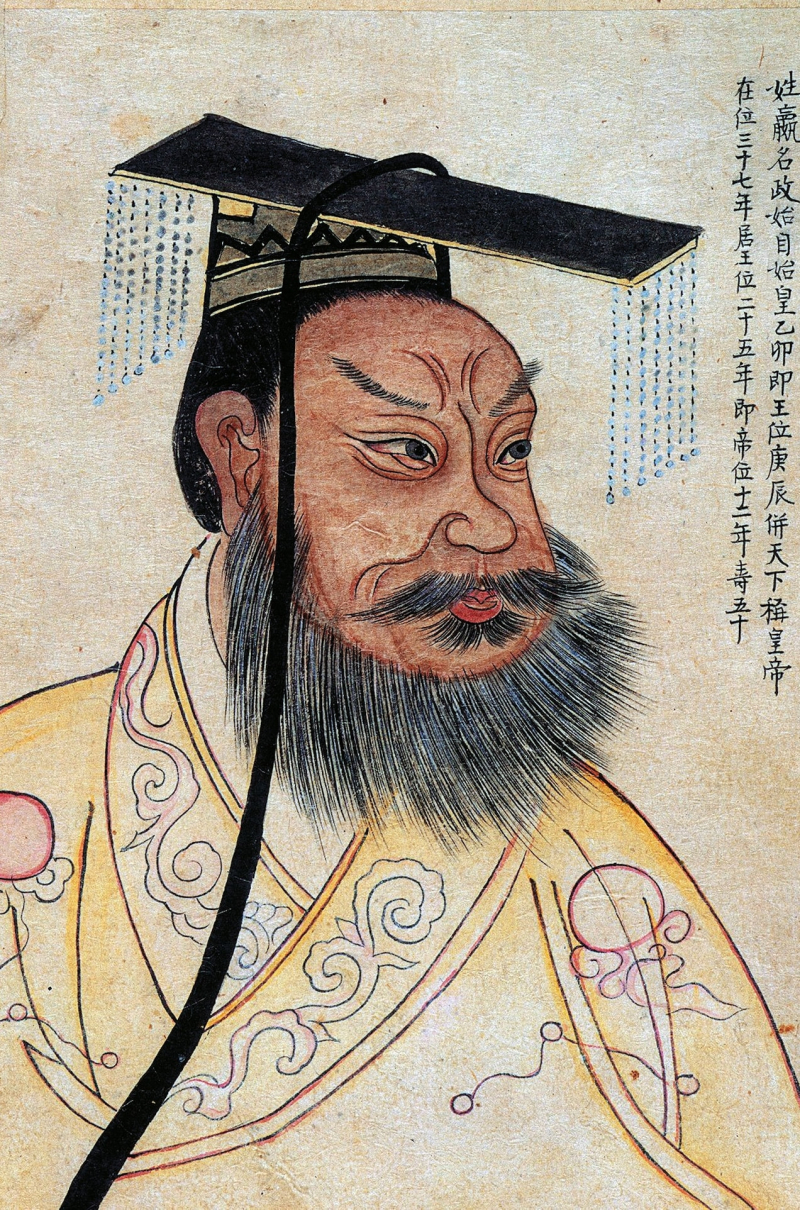The Qin Dynasty unified China for the first time in history
Originally, the Qin Dynasty was a region with a history of giving rise to early Chinese culture. It is situated in China's Northwest Plain, where the land is extremely rich and has a high agricultural production. The nation's abundance of iron ore, which is used to quickly make massive amounts of iron weaponry, also contributes to its technological advancement. The Qin Dynasty also had significant military and social advantages. Instead of concentrating on the customary task of building alliances, they concentrated on enslaving their neighbors, assassinating their kings, and then taking direct control of them. The emperor also eliminated centralized bureaucracy and aristocratic families by refusing to make concessions to mandarins, intellectuals, or aristocrats. This indicates that the nation will no longer be ruled by forces that are rebellious and power-hungry.
The Warring States era, which lasted from 475 BC to 221 BC, is the time before the Qin dynasty in Chinese history. Han, Zhao, Yan, Wei, Zhou, Qi, and Qin were among the seven warring nations states that dominated it. In 230 BC, King Zheng of the Qin started his quest to annex the remaining six nations. As a result, the Han Dynasty was captured this year. The Zhao Dynasty, Yan Dynasty, Wei Dynasty, Zhou Dynasty, and Qi Dynasty all also fell in the years 228 BC, 226 BC, 225 BC, and 221 BC, respectively. Thus, in 221 BC, for the first time in history, China established itself as a centralized unified state. It took King Zheng fewer than ten years to unite China. He became the first emperor of a united China and adopted the title "Qin Shi Huang," which means "First Emperor of Qin".
In other words, China did not exist before the Qin Dynasty. At that time, each warring state had its own system of politics, culture, language, and measurement. However, through the use of legalist ideas, the Qin Dynasty subdued the warring states. Additionally, it gave the Emperor the power to punish his people severely in an effort to alter their conduct and advance the interests of the state and the monarchy. Legalism has brought together seven mighty countries into one country with a single language, a single national identity, and a single set of rules. It was the combination of natural and human factors that helped the Qin Dynasty unify China for the first time during its rule.
To conclude, China's unification for the first time in history:
- The combination of natural and human factors helped the Qin Dynasty unify China for the first time.
- The Qin Dynasty has extremely rich natural resources with significant military and social advantages.
- It focused on enslaving their neighbors, assassinating their kings, and then directly controlling them with the use of legalism.
- In 230 BC, the Qin Dynasty began the process of annexing six countries including Han, Zhao, Yan, Wei, Zhou, and Qi.
- By 221 BC, for the first time in Chinese history, China established itself as a centralized unified state with its first Emperor, Qin Shi Huang.










